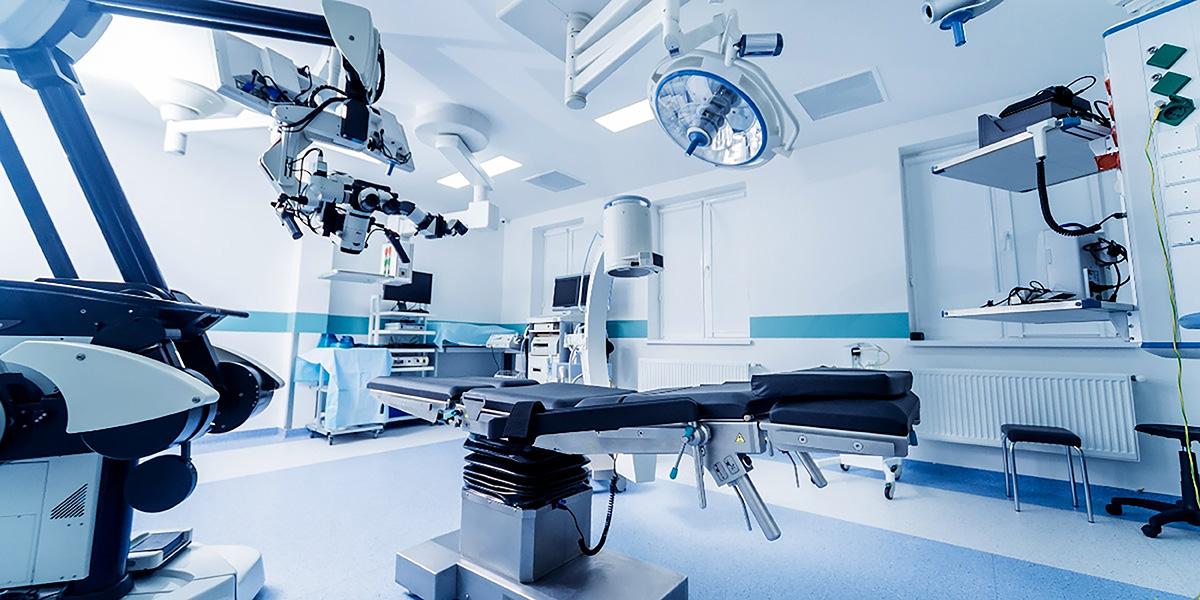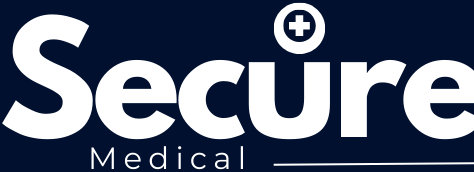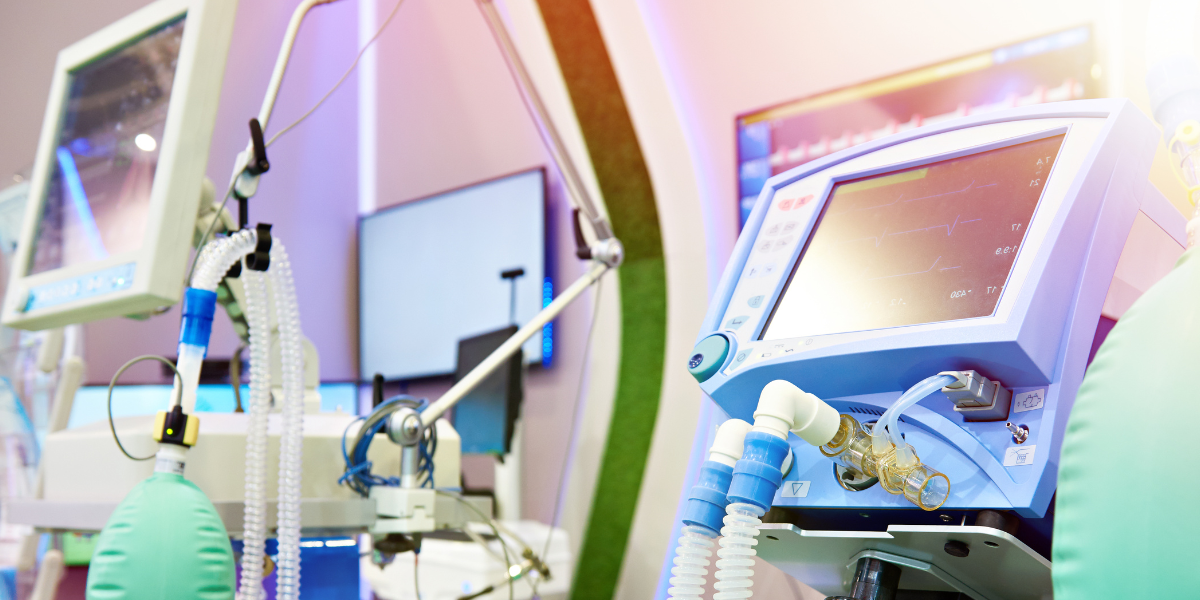In the dynamic realm of healthcare, advancements in technology have paved the way for the development of sophisticated equipment that enhances patient care, diagnosis, and treatment. From diagnostic imaging systems to life-saving surgical tools, healthcare equipment plays a pivotal role in improving outcomes, increasing efficiency, and transforming the delivery of medical services. In this article, we delve into the evolution, significance, and future trends of healthcare equipment, highlighting its profound impact on modern healthcare practices.
The Evolution of Healthcare Equipment
The journey of healthcare equipment from its humble beginnings to the sophisticated systems of today is marked by continuous innovation and technological breakthroughs. Historically, medical equipment consisted of basic tools such as stethoscopes, thermometers, and syringes, which laid the foundation for modern medical practice. With the advent of electricity and industrialization, the 20th century witnessed a rapid expansion in the scope and complexity of healthcare equipment, including X-ray machines, electrocardiographs, and anesthesia delivery systems.
The latter half of the 20th century ushered in the era of digital technology, revolutionizing healthcare equipment across all specialties. Diagnostic imaging modalities such as computed tomography (CT), magnetic resonance imaging (MRI), and positron emission tomography (PET) scanners enabled non-invasive visualization of internal anatomy with unprecedented detail and accuracy. Similarly, advances in minimally invasive surgery led to the development of endoscopic cameras, robotic surgical systems, and microsurgical instruments, transforming surgical techniques and patient outcomes.
Significance of Healthcare Equipment
Healthcare equipment plays a crucial role in every aspect of patient care, from diagnosis and treatment to rehabilitation and monitoring. These sophisticated tools and devices empower healthcare providers to make accurate diagnoses, perform complex procedures, and deliver personalized care tailored to each patient’s unique needs. Moreover, healthcare equipment enhances patient safety by minimizing risks associated with invasive procedures, reducing exposure to ionizing radiation, and optimizing medication delivery through infusion pumps and drug delivery systems.
Furthermore, healthcare equipment facilitates interdisciplinary collaboration and continuity of care by enabling seamless communication and data sharing between healthcare professionals. Electronic health records (EHRs), medical imaging archives, and telemedicine platforms integrate information from various sources, allowing for comprehensive patient assessments, multidisciplinary consultations, and coordinated care plans across healthcare settings.
Impact on Patient Outcomes and Healthcare Delivery
The impact of healthcare equipment on patient outcomes and healthcare delivery is profound and far-reaching. In diagnostics, advanced imaging systems enable early detection of diseases, precise localization of lesions, and accurate assessment of treatment response, leading to improved prognosis and survival rates for patients with cancer, cardiovascular disease, and other medical conditions. Similarly, therapeutic equipment such as ventilators, dialysis machines, and cardiac defibrillators provide life-saving interventions for patients in critical care settings, reducing morbidity and mortality associated with acute illnesses and emergencies.

Moreover, healthcare equipment enhances efficiency and productivity in healthcare delivery by streamlining workflows, automating routine tasks, and optimizing resource utilization. For example, automated medication dispensing systems reduce medication errors, improve medication adherence, and enhance patient safety in hospital and outpatient settings. Similarly, robotic-assisted surgical systems minimize surgical trauma, shorten hospital stays, and accelerate recovery times, ultimately reducing healthcare costs and enhancing patient satisfaction.
Future Trends and Innovations
The future of healthcare equipment is shaped by emerging technologies, shifting demographics, and evolving healthcare needs. Key trends driving innovation in healthcare equipment include:
- Artificial Intelligence (AI) and Machine Learning: AI-powered algorithms and machine learning techniques are revolutionizing healthcare equipment by enabling predictive analytics, image interpretation, and decision support systems that augment clinical decision-making and personalized treatment planning.
- Telemedicine and Remote Monitoring: The integration of telemedicine platforms with wearable sensors, mobile apps, and remote monitoring devices enables virtual consultations, remote patient monitoring, and telehealth interventions, expanding access to healthcare services and improving continuity of care, particularly in rural and underserved communities.
- Personalized Medicine and Precision Health: Advances in genomics, proteomics, and molecular diagnostics are driving the development of personalized healthcare equipment that tailors treatment strategies to individual genetic profiles, disease biomarkers, and lifestyle factors, optimizing therapeutic outcomes and minimizing adverse effects.
- 3D Printing and Additive Manufacturing: 3D printing technology is revolutionizing the design and production of healthcare equipment, enabling customized implants, prosthetics, and surgical instruments that enhance patient comfort, functional outcomes, and surgical precision while reducing costs and lead times.
Conclusion
Healthcare equipment represents a cornerstone of modern healthcare, enabling accurate diagnosis, precise treatment, and optimal patient outcomes across a wide range of medical specialties. From diagnostic imaging systems and surgical robots to therapeutic devices and telemedicine platforms, healthcare equipment continues to drive innovation, improve efficiency, and enhance the quality of care delivered to patients worldwide. As we embrace the opportunities presented by emerging technologies and evolving healthcare paradigms, the future holds boundless possibilities for further advancements in healthcare equipment that will shape the future of medicine and transform the way we deliver and experience healthcare.

